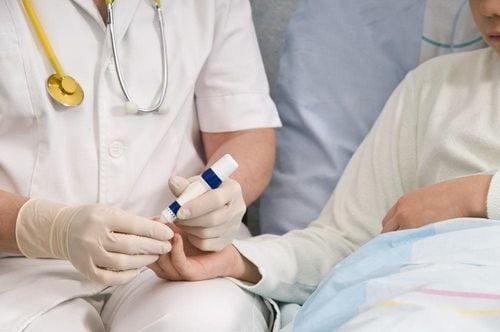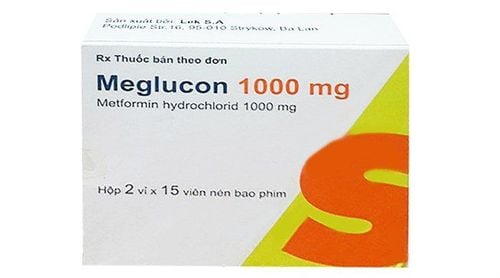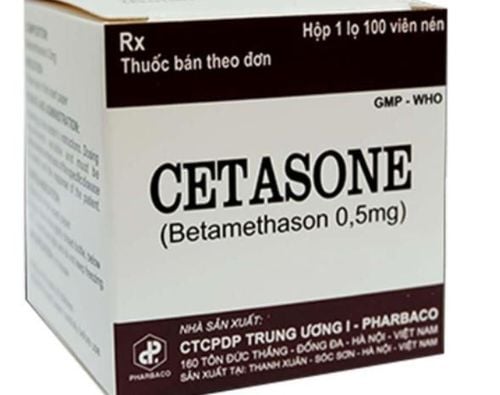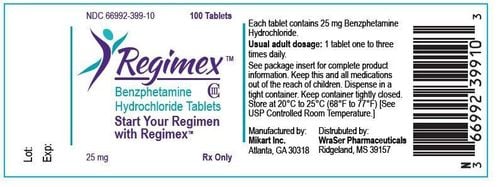This is an automatically translated article.
Depending on the type of young-onset diabetes, there are different treatments. For example, MODY 2 diabetes can be managed with proper diet and regular exercise, while types 1, 3, and 4 are usually prescribed with a sulfonylurea.
1. What is juvenile-onset diabetes (MODY)?
MODY diabetes usually appears in people at a young age or younger (under 35 years old). MODY is relatively rare, occurring in only about 5% of the US population. It is caused by changes in genes (gene mutations) that affect the production of insulin - a hormone that helps the body use sugar for energy. If the body doesn't have enough insulin, blood sugar levels rise.
Symptoms of MODY diabetes can vary, depending on the type of genetic mutation that is causing the disease. In general, the signs of diabetes in young people are usually mild and come on gradually. So many people are only diagnosed with the disease when routine blood tests show abnormally high sugar levels.
If there are symptoms, diabetes in young people will be like other types of diabetes, including:
Frequent thirst; Need to urinate often; Blurry vision ; Vulnerable to infection.

Đi tiểu nhiều là triệu chứng phổ biến của bệnh
2. Diagnose MODY
Because MODY may be asymptomatic or have very mild changes, it is often unnoticed by both the patient and the physician at first. A doctor can diagnose a person with diabetes when blood tests show high blood glucose levels. The next step is to find out the right type of diabetes the patient has. Correct diagnosis is very important because treatment for diabetes MODY can be different from treatment for type 1 or 2 diabetes.
For example, in type 1 diabetes antibodies will be found that attack the pancreas, but people with MODY diabetes will not have these antibodies. Similarly, markers of insulin resistance were absent in people with MODY but of normal weight. While obese people with MODY will show signs of insulin resistance when doing blood tests.
It is difficult to tell whether an obese person has type 2 diabetes or young-onset diabetes. In this case, family history may be the only clue. People with diabetes will generally be asked about their family history, as well as being asked to have blood tests done to rule out other conditions.
In addition to a high glycemic index, a doctor may suspect diabetes in a young person for reasons such as:
The patient is a child, adolescent or young adult; A family history of several generations of diabetes; The person does not have the typical features of type 1 or type 2 diabetes, such as obesity or hypertension. Based on the results obtained, the doctor may recommend further genetic testing to confirm the diagnosis of MODY diabetes. Specifically, the patient will have a sample of DNA taken from saliva or blood, and then sent to a laboratory. Skilled technicians look for changes in the genes that cause young-onset diabetes.
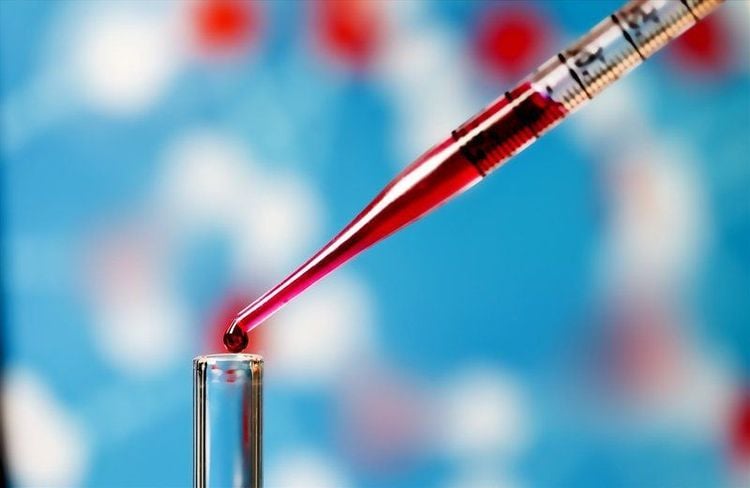
Xét nghiệm máu giúp chẩn đoán bệnh tiểu đường ở người trẻ
3. Treatment of diabetes in young people
Methods to select and effectively treat diabetes in young people will depend on which gene mutation causes the disease. Most doctors will use an oral diabetes medicine called a sulfonylureas. The effect of the drug is to help the pancreas make more insulin.
There are 11 different types of diabetes MODY based on the mutated gene, the specific treatment for each type is as follows:
MODY 1 and MODY 4: Usually treated with sulfonylureas, which help the pancreas make diabetes produce more insulin. Some people with these two forms of MODY diabetes may also need insulin; MODY 2: This disease is usually managed through diet and exercise, most patients do not need to take medication; MODY 3: Initially, the disease can be controlled by changing the diet. Over time, the person will need to take sulfonylureas and then insulin injections to control blood sugar (about 30-40% of patients); MODY 5: The patient needs to take insulin for treatment. However, this rare form of MODY diabetes often requires other treatments because the disease not only raises blood sugar, but also damages internal organs. Then the patient will have to treat complications, such as kidney cysts or kidney failure; MODY 6: This type tends to appear later, being diagnosed around age 40. The patient will be treated with insulin; MODY types 7 - 11: Recently discovered pathogenic genes, patients are likely to respond to the same treatments as above. In general, with any type of MODY, people respond better to treatment if they are not overweight or obese. Therefore, overweight and obese individuals should consider weight loss as one of the top treatment goals.

Giảm cân giúp có hiệu quả trong quá trình điều trị bệnh
With the exception of young-onset diabetes
2, all other types of MODY cause complications similar to those of type 1 or 2 diabetes, including increased risk of heart disease, kidney failure, and blindness . Type 2 diabetes in young adults has the best prognosis because it causes only mild elevations in blood sugar, the person with it usually doesn't need medication, and doesn't develop long-term complications.
Around the diagnosis and treatment of MODY, doctors may recommend genetic testing to identify young-onset diabetes. A sample of your blood or saliva will be tested in a lab. Depending on the type of diabetes MODY has, patients may either take sulfonylureas diabetes medications or require insulin injections. Some people simply need to manage their condition with lifestyle changes, such as adjusting their diet and exercising properly.
To register for examination and treatment at Vinmec International General Hospital, you can contact Vinmec Health System nationwide, or register online HERE.
Reference source: webmd.com; health.harvard.edu






